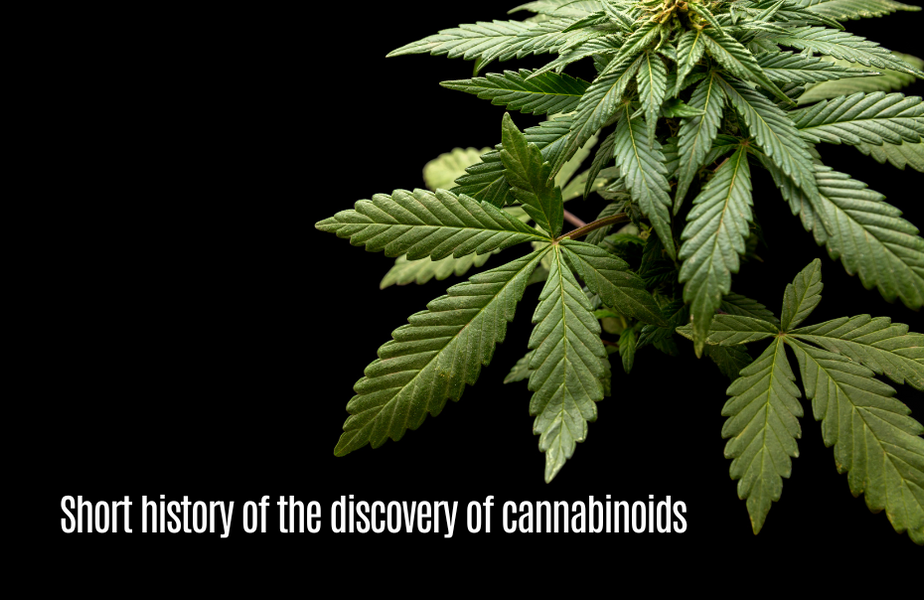Cannabinoids are a group of natural substances found in the Cannabis sativa plant. So far, more than 110 compounds of this type have been identified, including CBD and THC, which are two of the most well-known. CBD does not contain psychoactive substances, making its use legal in almost all countries, and its application to health issues has expanded considerably. On the other hand, THC is the component of the plant that produces psychoactive effects, and its use is restricted in most countries.
The first scientific studies
The first news on the subject dates back to the early 19th century when a group of researchers began producing extracts of raw cannabis, which would soon evolve into obtaining specific molecules. The first active extract from hemp leaves and flowers was due to a researcher named Schlesinger in 1840. A few years later, a scientist named Decourtive managed to produce a dark resin called "cannabin", using ethanol as a solvent.
Research continued over the following decades, and by the end of the century, exactly in 1899, Thomas Wood, W.T. Spivery, and Thomas Easterfield managed to isolate a compound they called CBN or cannabinol. However, it is now known that CBN is the result of the degradation of THC, the cannabinoid responsible for the narcotic effect of the plant, which suggests that the research team may have been working with old samples in which THC had already decomposed.
Research in the 20th century
In 1942, American chemist Roger Adams identified and synthesized CBD or cannabidiol (CBD). The process was carried out using wild hemp flowers from Minnesota. Adams performed an extraction with ethanol to create a "red oil," which was then subjected to low-pressure distillation, isolating the cannabidiol from the compound mixture.
In 1963, Raphael Mechoulam, an organic chemist and professor at the Hebrew University of Jerusalem, discovered the molecular structure of CBD, a finding of great importance for the understanding of this cannabinoid and its effects.
Mechoulam and Yehial Gaoni joined forces in 1963 to dedicate themselves to cannabis research for the next four years, a collaboration that led to a series of pioneering discoveries in the world of cannabis science. In 1964, the pair of scientists set out to investigate cannabinoid biosynthesis pathways in the Cannabis plant, soon discovering that many cannabinoids come from cannabinoid acid CBGA, which plays a fundamental role in cannabinoid biosynthesis. From CBGA, they isolated, in the same year, CBG or cannabigerol.
These same scientists synthesized THC for the first time in 1965, and again in 1967. By the way, it is worth mentioning that, despite the great success achieved, Mechoulam attributes his discoveries to early 20th-century cannabis science and claims that although THC was officially isolated during 1964, other scientists laid the groundwork for that discovery. In 1966, two different scientific teams, using two different methods, identified CBC or cannabichrome.
This cannabinoid constitutes around 0.3% of the cannabis plant extract, although strains with much higher amounts have been developed. It is a non-psychoactive cannabinoid whose pharmacological action has been studied and has been found to have interesting potential. From then on, scientific research on cannabinoids has gradually revealed that the Cannabis plant is a great source of possibilities as a health supplement. Moreover, as a significant element, it is worth noting that the identification of these compounds predates the discovery of the Endocannabinoid System (ECS) and was crucial in helping to discover this physiological network.
Although science has studied these cannabinoids with relative depth, over 100 of these substances remain to be fully analyzed, so it can be expected that great strides will be made in the field of cannabis science in the coming decades.
 US Dollars
US Dollars


